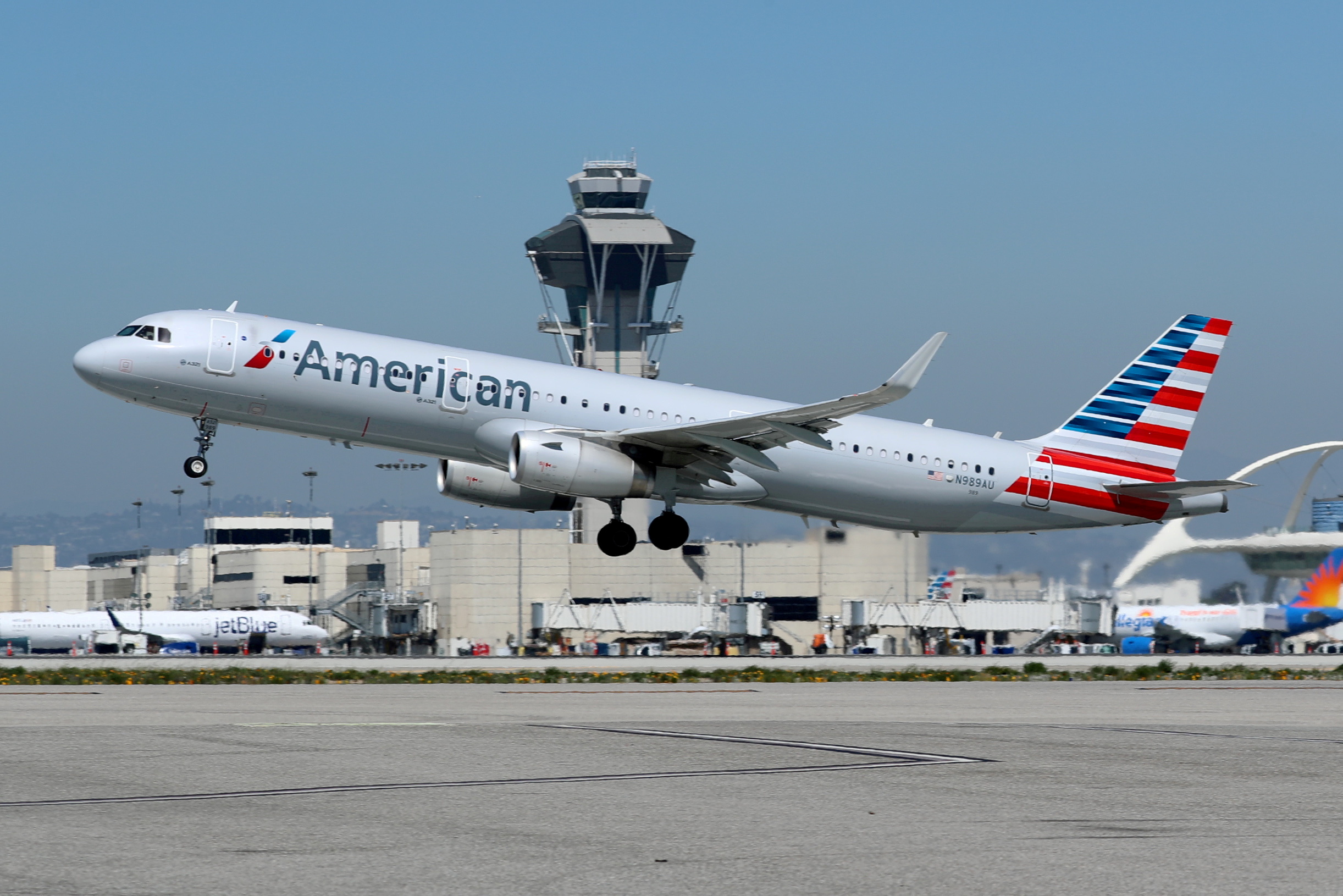American Airlines to Begin A321XLR Flights From JFK in 2026, Hiring Pilots for Transatlantic Routes

American Airlines is preparing to launch Airbus A321XLR operations from John F. Kennedy International Airport (JFK) in early 2026, signaling a major shift in its transatlantic and premium transcontinental strategy. The carrier has opened pilot bidding for the aircraft, with training and qualifications set to begin in February 2026 ahead of initial flights in March.
Pilot Hiring and Fleet Deployment
American confirmed that the rollout will begin with 40 pilots based at JFK, with staffing set to expand as additional aircraft arrive throughout the year. The airline originally ordered 50 A321XLRs, though deliveries have been delayed from the initial schedule of eight aircraft in 2023, 22 in 2024, and 20 in 2025.
Despite earlier concerns about range limitations, the A321XLR can comfortably operate from JFK and Philadelphia (PHL). Future bases in Charlotte (CLT), Chicago (ORD), and Miami (MIA) remain under review as the airline evaluates long-haul deployment options.
A321XLR’s Strategic Role in American’s Network
The A321XLR replaces American’s specially configured A321T transcontinental fleet, introduced in 2014. Unlike the A321T, which will be converted into standard domestic layouts, the new XLR variant will feature lie-flat business class seats, premium economy cabins, and seatback entertainment, bringing a long-haul experience to narrowbody operations.
American also plans to launch a new A320 International bid status at LaGuardia (LGA) beginning with the February 2026 crew month, supporting the A321XLR’s transatlantic flying. An A320 International bid is an internal crew assignment status within an airline’s pilot bidding system. In this case, for American Airlines, it refers to creating a new bid category (or seat) for pilots to fly Airbus A320-family aircraft — specifically the long-range A321XLR — on international routes.
Specific routes have yet to be announced, but the airline has identified Europe as the aircraft’s primary mission, positioning the jet as a bridge to secondary city pairs that cannot sustain larger widebodies year-round.
Filling the Transatlantic Gap
The addition of the A321XLR comes after American retired its older Boeing 757, 767, and Airbus A330 fleets, leaving a gap in transatlantic capacity. Widebodies like the 787 and 777 remain focused on high-demand routes, but thinner markets require a smaller, more efficient solution.
Operating a narrowbody on transatlantic flights allows American to:
- Maximize its JFK slot portfolio.
- Launch new European city pairs beyond joint venture hubs.
- Offer a premium product with lower per-seat operating costs.
- Per-seat operating costs: On typical North Atlantic routes, the A321XLR burns ~30% less fuel per seat than a 757 and ~20–25% less per seat than a 767-300ER. Depending on sector length and fuel prices, that translates to roughly $15,000–$25,000 in fuel savings per crossing.
The move is particularly important at JFK, where American trails Delta (DL) and United (UA) in market share. With the collapse of its partnership with JetBlue (B6), deploying the A321XLR offers a way to rebuild competitiveness in New York without relying on alliances.
A Wider Industry Test
The Airbus A321LR and A321XLR were specifically designed to replace aging mid-size aircraft like the Boeing 757 and 767, and A330-200, which long served as the backbone of transatlantic and long-range narrowbody operations. With extended range capabilities, lower operating costs, and modern passenger amenities, the A321LR and XLR provide airlines with the ability to operate thinner long-haul routes that would be uneconomical for widebodies. This makes them an ideal successor to the 757’s transatlantic missions and the 767’s medium-capacity long-haul flights, while offering improved fuel efficiency and environmental performance.
American is not alone in betting on the A321XLR. United, JetBlue, Air Canada, and Qantas are also preparing to integrate the aircraft, but its long-term viability on transatlantic missions remains unproven. The XLR’s promise lies in balancing profitability on low-demand routes while opening new opportunities for network growth.
American Airlines expects its first A321XLR flights from JFK to begin in March 2026, serving both transatlantic and premium cross-country markets. While delivery delays and cabin readiness remain challenges, the aircraft is set to reshape American’s presence in New York, replace aging premium narrowbodies, and unlock new European destinations.
Related News: https://airguide.info/?s=American+Airlines
Sources: AirGuide Business airguide.info, bing.com, aviationa2z.com
